Ethiopia's Mega Rise

Ethiopia's Mega Rise: 10 Engineering Marvels Reshaping The African Powerhouse
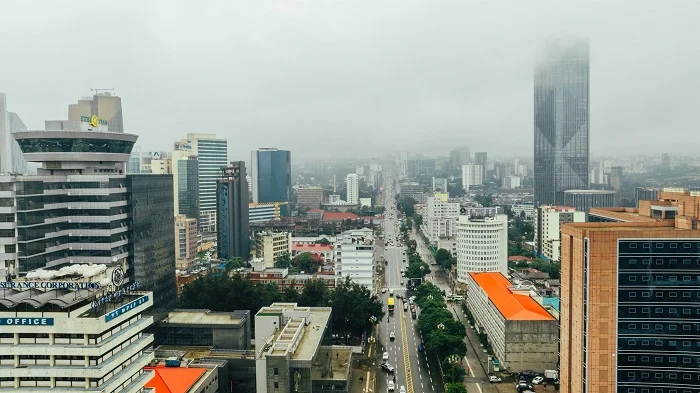
Building a New African Destiny
Ethiopia is currently undergoing one of the most dramatic physical transformations anywhere in the developing world. With a construction market valued at $67 billion and an infrastructure market worth a staggering $395 billion, this East African nation is literally rebuilding itself from the ground up. From monumental dams that harness the power of legendary rivers to futuristic urban developments that reimagine African cities, Ethiopia's mega projects represent both practical solutions to development challenges and powerful statements about national ambition.
Having closely followed Ethiopia's infrastructure revolution, I've witnessed how these projects are reshaping not just skylines but economic destinies. This comprehensive guide explores 10 of the most impressive mega projects that are positioning Ethiopia as Africa's next economic powerhouse.
1. Grand Ethiopian Renaissance Dam (GERD) - The $4.8 Billion Powerhouse
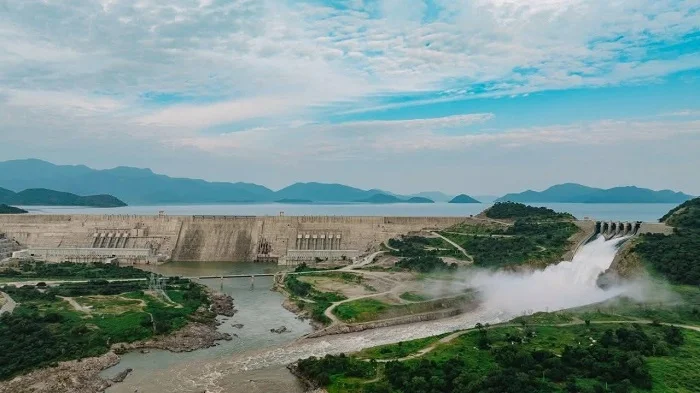
Location: Blue Nile River, Benishangul-Gumuz Region
Investment: $4.8 billion
Status: Nearing completion (Fifth turbine operational)
Inauguration: Scheduled for September 2025
The GERD is arguably Africa's most ambitious infrastructure project and Ethiopia's largest investment in national development. This massive hydroelectric project on the Blue Nile River represents a cornerstone of Ethiopia's energy independence strategy.
Technical Marvel:
Capacity: 6,450 MW of electricity generation
Impact: Expected to double Ethiopia's current electricity generation capacity
Reservoir: Massive water storage capacity
The dam has faced significant technical and diplomatic challenges but stands as a testament to Ethiopian engineering capability and determination. Upon completion, it will not only provide reliable electricity for millions of Ethiopians but also generate substantial export revenue through power sales to neighboring countries.
2. Abusera International Airport - Africa's New Aviation Hub
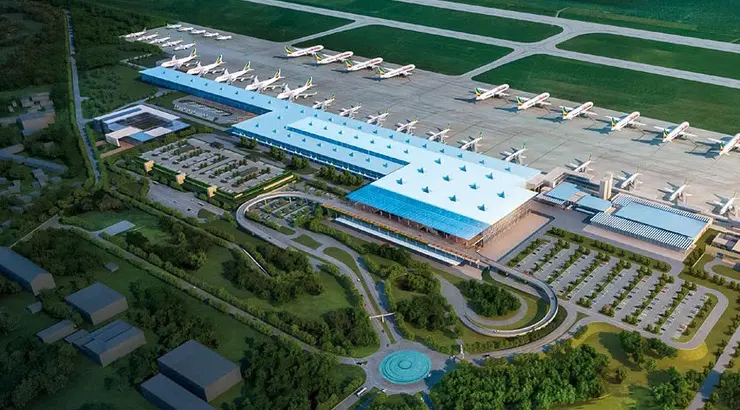
Location: Addis Ababa region
Investment: $7.8 billion
Status: Under construction
Vision: To become the largest airport in Africa
Ethiopian Airlines, Africa's most successful carrier, is getting a mega hub worthy of its continental dominance. The Abusera International Airport represents a $7.8 billion investment in Ethiopia's aviation future, designed to handle the growing passenger and cargo traffic connecting Africa to the world.
Project Features:
Scale: Designed to be Africa's largest airport facility
Capacity: Significant expansion over current Bole International Airport
Economic Impact: Expected to enhance Ethiopia's position as Africa's aviation gateway
This project complements Ethiopia's broader transportation strategy, which includes the Addis Ababa-Djibouti Railway and numerous road infrastructure developments.
3. La Gare Urban Redevelopment - Addis Ababa's $1.5 Billion Transformation
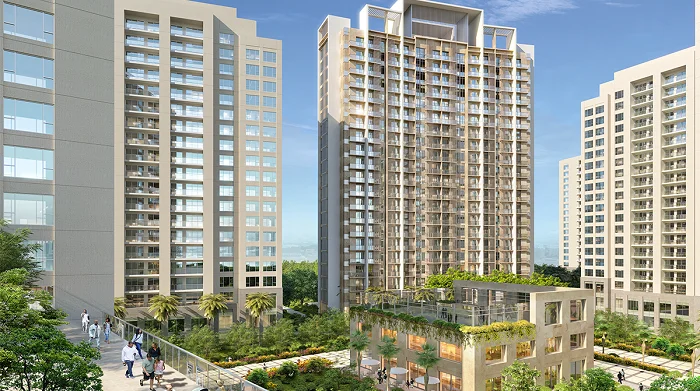
Location: Central Addis Ababa
Investment: $1.5 billion
Funding: United Arab Emirates
Status: Ongoing development
The La Gare project represents one of Africa's most ambitious urban regeneration initiatives, transforming a historic area of Addis Ababa into a modern mixed-use district. This project exemplifies Ethiopia's approach to blending historical preservation with contemporary urban development.
Development Components:
Modern residential complexes
Commercial and retail spaces
Cultural and recreational facilities
Public transportation integration
The project is funded by the United Arab Emirates and represents the growing international interest in Ethiopia's development story.
4. Meskel Square Redevelopment - Addis Ababa's $2.5 Billion Civic Heart
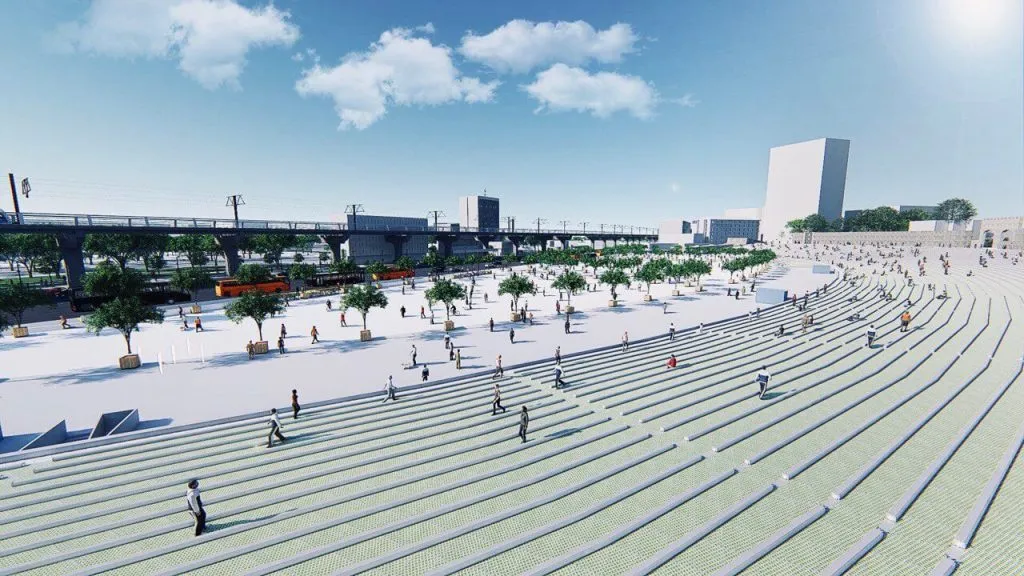
Location: Central Addis Ababa
Investment: 2.5 Billion ETB (approximately $45 million)
Funding: Addis Ababa City Government
Status: Ongoing redevelopment
Meskel Square is being transformed from a simple public gathering space into a comprehensive urban center that reflects Ethiopia's modernization while preserving its cultural identity. The project includes commercial facilities, public spaces, and improved transportation infrastructure.
Project Elements:
Modern commercial facilities
Enhanced public gathering spaces
Transportation improvements
Cultural preservation elements
5. Adwa Memorial Museum - $156 Million Tribute to Ethiopian Sovereignty
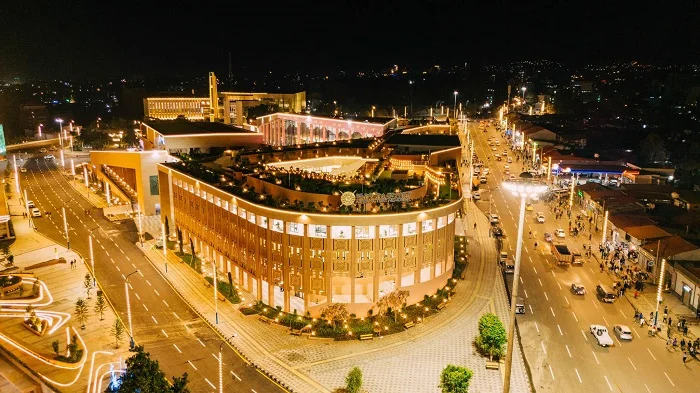
Location: Addis Ababa
Investment: $156 million
Status: Under construction
The Adwa Memorial Museum commemorates Ethiopia's historic victory over Italian forces in the 1896 Battle of Adwa, which preserved Ethiopian sovereignty during the colonial era. This project represents Ethiopia's commitment to preserving historical memory while creating modern cultural infrastructure.
Museum Features:
Historical exhibitions
Cultural programming spaces
Educational facilities
Public gathering areas
6. Mesob Tower - Addis Ababa's $681 Million Vertical City
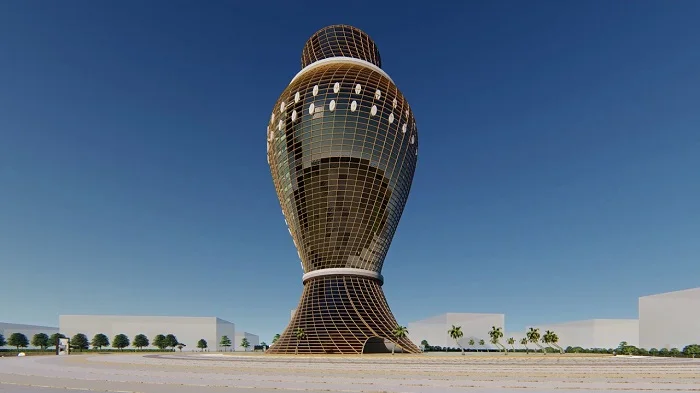
Location: Addis Ababa
Investment: $681 million
Status: Under construction
The Mesob Tower represents the new face of Ethiopian commercial architecture, rising as a symbol of economic ambition in the heart of Addis Ababa. This mixed-use development will include office spaces, luxury hotels, retail establishments, and residential units.
Tower Features:
Modern architectural design
Mixed-use functionality
Sustainable building technologies
Prime urban location
7. LAPSSET Corridor - Ethiopia's $16 Billion Gateway to the Sea
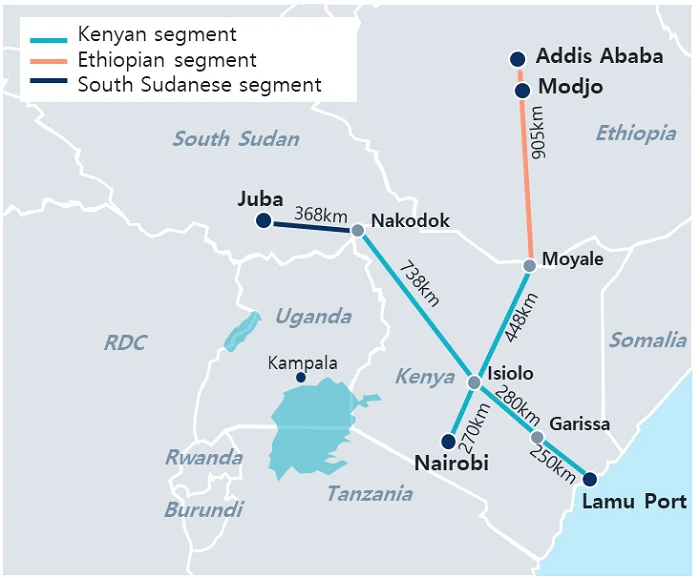
Location: Connecting Ethiopia to Kenyan coast
Investment: $16 billion (regional project)
Status: Partial completion with ongoing development
The Lamu Port-South Sudan-Ethiopia Transport (LAPSSET) Corridor is a regional infrastructure project that provides landlocked Ethiopia with enhanced access to maritime trade routes. This comprehensive development includes port facilities, road networks, railway connections, and pipeline infrastructure.
Project Components:
Lamu Port development (first three berths completed)
Road networks connecting Ethiopia to Kenya
Pipeline infrastructure for resource transportation
Economic impact: Enhanced regional trade connectivity
8. Addis Ababa-Djibouti Railway - $4 Billion Economic Artery
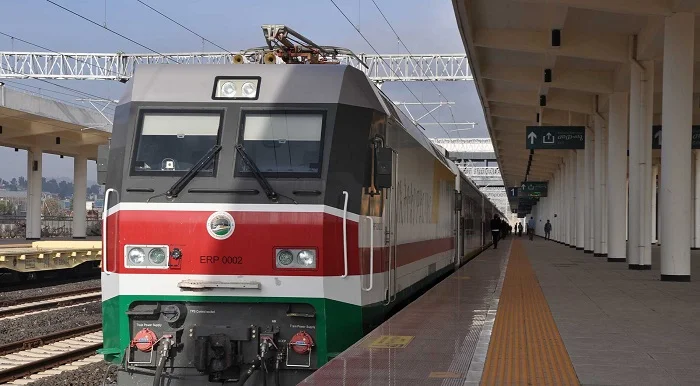
Investment: $4 billion
Ownership: Ethiopia and Djibouti
Construction: Chinese company CCECC
Status: Operational
This modern railway line connects Ethiopia's capital to the port of Djibouti, providing vital access to maritime trade while dramatically reducing transportation times between the interior and the coast. The project represents one of Africa's most significant cross-border infrastructure collaborations.
Railway Features:
Modern electric railway system
Significantly reduced transit time
Enhanced cargo capacity
Economic integration between Ethiopia and Djibouti
9. Unity Park - Symbolic $5 Million Cultural Renaissance
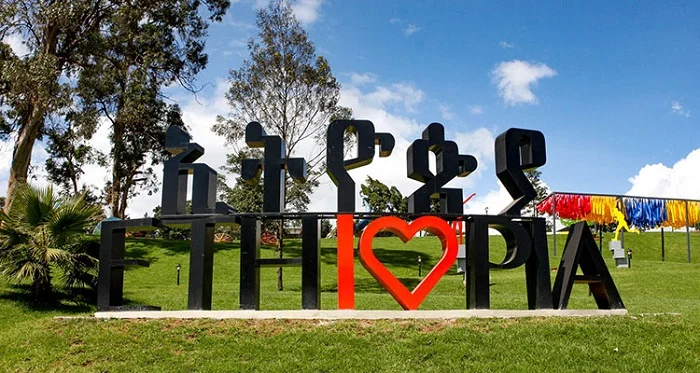
Location: Addis Ababa
Investment: 5 Million ETB (approximately $90,000)
Funding: United Arab Emirates
Status: Completed
While smaller in budget than other projects, Unity Park holds significant cultural and symbolic importance. Developed within the historic Grand Palace complex, the park celebrates Ethiopia's diverse cultural heritage while creating a modern public space for recreation and education.
Park Features:
Historical exhibitions
Cultural displays
Recreational spaces
Educational programming
10. Genale Dawa III Hydroelectric Plant - $451 Million Power Investment
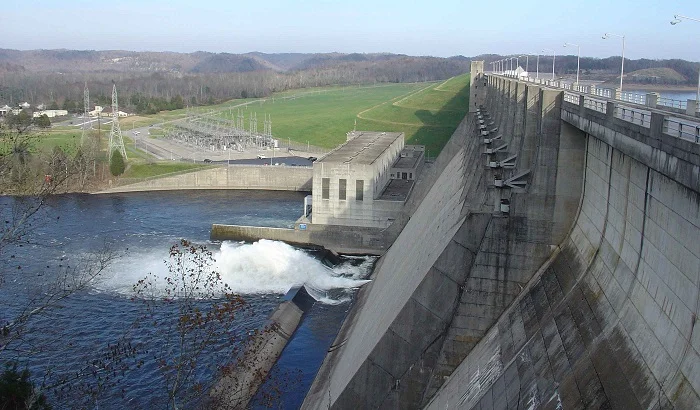
Investment: $451 million
Funding: Government of Ethiopia with partial loan
Status: Under construction
The Genale Dawa III hydroelectric project represents Ethiopia's continued investment in renewable energy infrastructure. This project contributes to the national goal of universal electricity access while supporting economic development through reliable power generation.
Project Details:
Significant power generation capacity
Renewable energy source
Regional development impact
Economic growth enabler
Economic Impact: Beyond Construction
Ethiopia's mega projects represent more than physical infrastructure—they're catalysts for comprehensive economic transformation:
Job Creation and Skills Development
The construction sector is Ethiopia's second-largest employment generator after agriculture. These projects create thousands of jobs while developing technical skills that transfer to other sectors of the economy.
Regional Economic Integration
Projects like the LAPSSET Corridor and Addis Ababa-Djibouti Railway enhance regional connectivity, facilitating trade and economic cooperation across East Africa.
Energy Independence and Export
With GERD and other energy projects, Ethiopia is transitioning from energy scarcity to potential energy exporter status, creating new revenue streams while supporting domestic industrialization.
Challenges and Innovations
Financing Strategies
Ethiopia has employed diverse financing models for these projects:
Government funding for strategic national projects
International partnerships and foreign direct investment
Public-private partnerships for certain infrastructure developments
Multilateral institution support from organizations like the African Development Bank
Technical and Diplomatic Complexities
Projects like GERD have faced significant technical challenges and regional diplomatic considerations. Ethiopia's approach to addressing these challenges demonstrates growing project management capability.
The Future: Ethiopia's Continued Development trajectory
Ethiopia's infrastructure development continues beyond these projects. The country's Ten-Year Development Plan 2020-30 prioritizes continued investment in transportation, energy, water, and ICT infrastructure.
Upcoming Opportunities
The Big 5 Construct Ethiopia event in June 2025 will showcase additional projects and opportunities in Ethiopia's $67 billion construction market. This event highlights growing international interest in Ethiopia's development story.
Building an African Renaissance
Ethiopia's mega projects represent one of the most comprehensive infrastructure development programs in Africa's history. From harnessing the power of ancient rivers to building modern urban centers, these projects are transforming Ethiopia's physical landscape while creating the foundation for sustained economic growth.
As these projects near completion, they position Ethiopia not just as a regional leader but as an emerging global player in sustainable development and infrastructure innovation. The successful implementation of these ambitious projects demonstrates Ethiopia's technical capability, financial innovation, and unwavering commitment to national development.
For investors, developers, and observers of global infrastructure trends, Ethiopia offers a compelling case study in how strategic infrastructure investment can transform a nation's economic trajectory while improving quality of life for millions of citizens.
This blog post was developed based on research from construction industry reports, government announcements, and infrastructure analyses. Project details and statuses may change based on latest developments.







